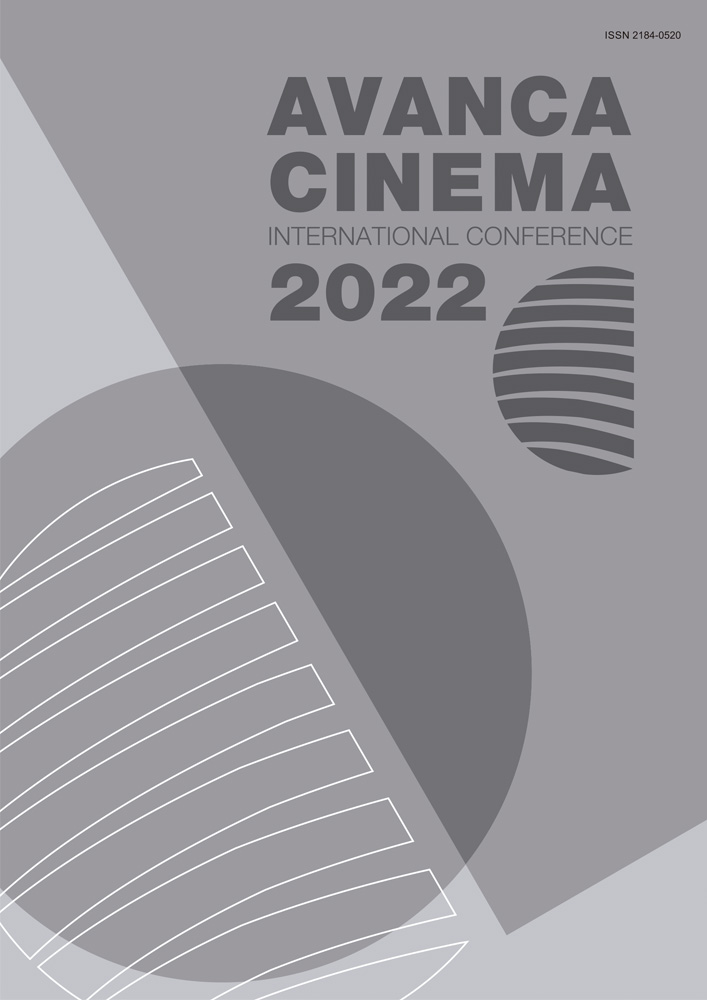Chapter I _ Cinema - Art
Cinema narratives through walking in urban landscapes
Abstract
Walking in urban spaces as an artistic practice gains aesthetic value, revealing a sensorial component of the human experience in spaces, consequently adding to them a symbolic charge (Careri 2015). Cinema as a form of art has often aesthetically explored images of emblematic cities as a visual technique for the construction of narratives. The pace and movement of wandering through urban landscapes is the gear for the development of the plot and from this perspective, the concept of exploring the urban landscape through walking as an aesthetic practice of fruition can be seen as the skein thread that conducts the storyline, which is then explored through various visual frames attributing symbolic and artistic value to the scenes.
In this sense, this paper aims to conceptually analyze the relationship between walking and different narratives as an aesthetic and symbolic central theme in the following films: “Before Sunrise” by Richard Linklater (USA-Austria, 1995), “Lost in Translation” by Sofia Coppola (USA-Japan, 2003) and “Passerby” by Eryk Rocha (Brazil, 2010). This movie choice seeks to contemplate different geographies and timeframes focused on walkability as a form of artistic expression over the urban landscape, where the narratives are constituted. Wandering through a city stands out as a pivotal element between the urban landscape and the film development through the director’s eyes.

This work is licensed under a Creative Commons Attribution 4.0 International License.

